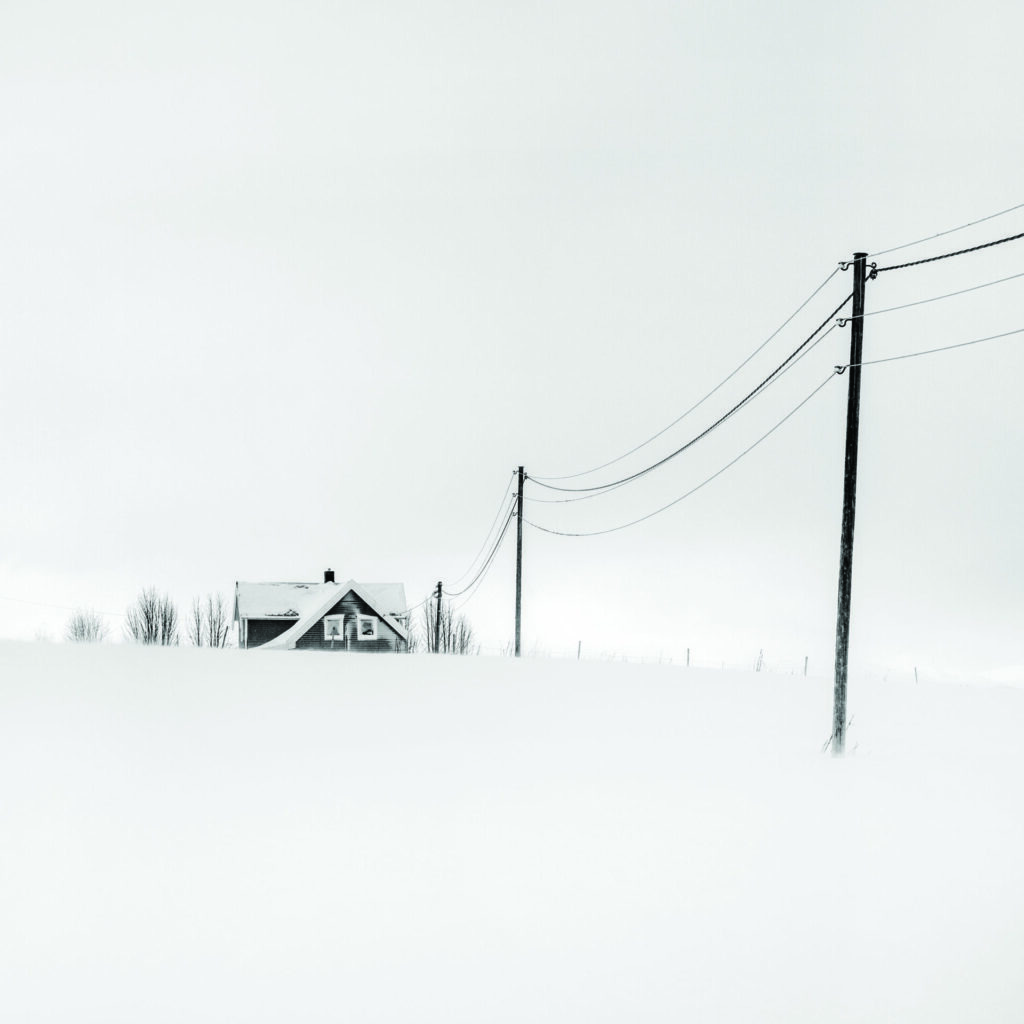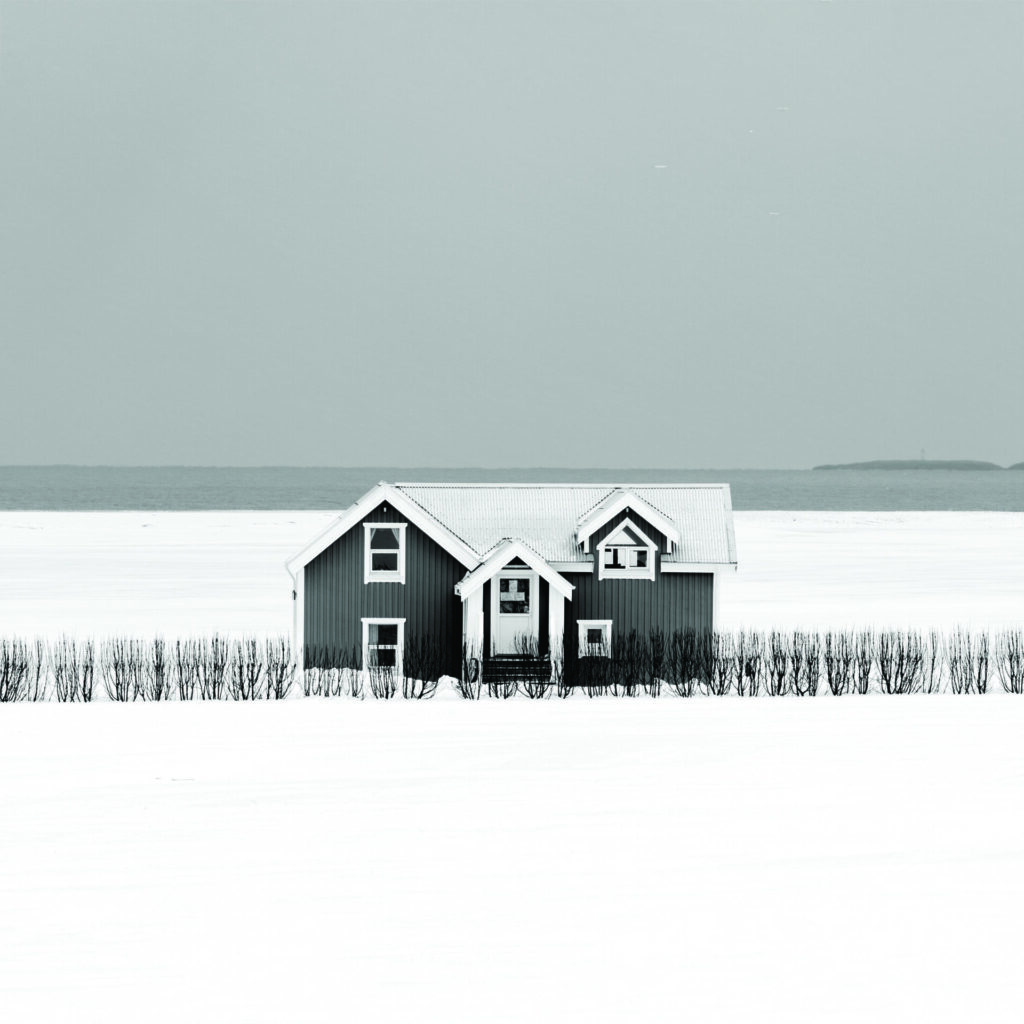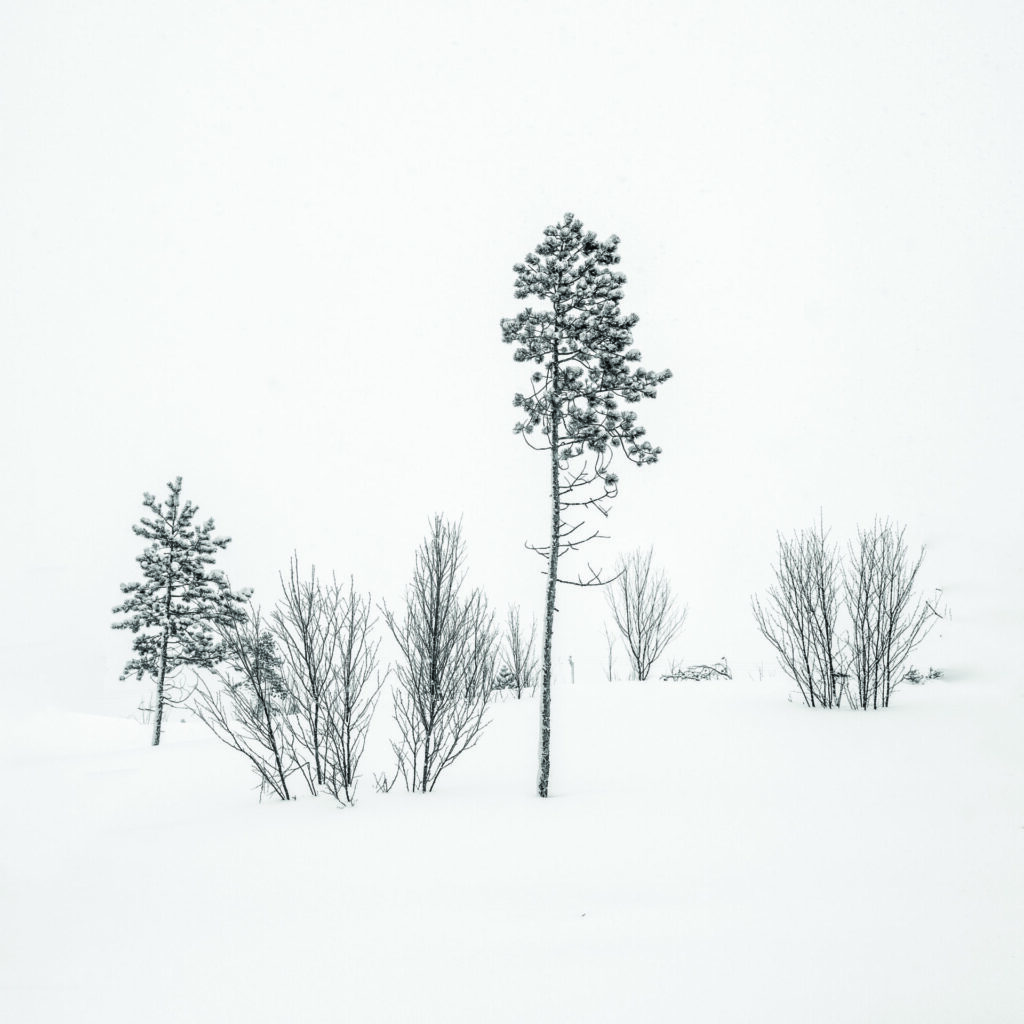مناظر الشتاء الطبيعية بالأبيض والأسود
Winter landscapes
بفضل المناظر الطبيعية المغطاة بالثلوج والتفاصيل المنعزلة والتناقضات الصارخة، يعد الشتاء الموسم المثالي لالتقاط صور بسيطة. يقدم لي فروست أفضل نصائحه لجعل الأشياء الأقل تكلفة أكثر فائدة.
With its snow-covered landscapes, isolated details and stark contrasts, winter is the perfect season to shoot minimalist images. Lee Frost offers his top tips for making much less go a lot further.
All images © Lee Frost

Image: Senja, Norway
Winter landscapes
بفضل المناظر الطبيعية المغطاة بالثلوج والتفاصيل المنعزلة والتناقضات الصارخة، يعد الشتاء الموسم المثالي لالتقاط صور بسيطة. يقدم لي فروست أفضل نصائحه لجعل الأشياء الأقل تكلفة أكثر فائدة.
With its snow-covered landscapes, isolated details and stark contrasts, winter is the perfect season to shoot minimalist images. Lee Frost offers his top tips for making much less go a lot further.
All images © Lee Frost

Image: Senja, Norway



تعليق